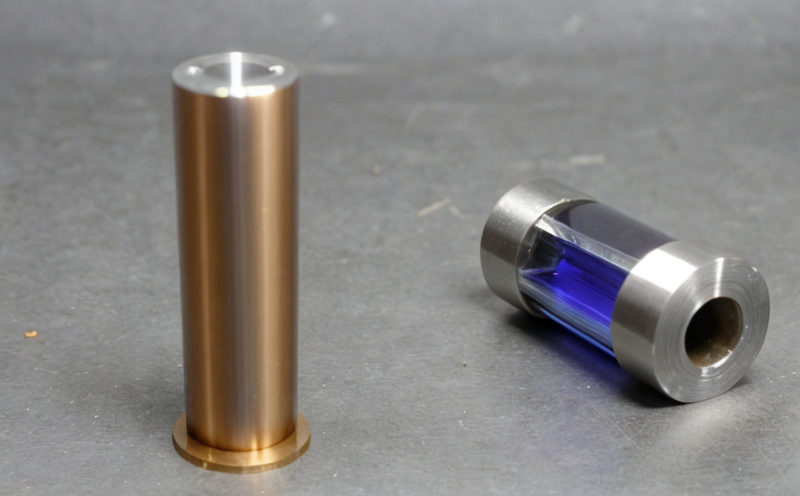Size stability assessment of elastic fabrics with spandex
The size stability assessment is a critical procedure in textile manufacturing and quality control. It evaluates how much fabric dimensions change under specified conditions, especially pertinent for elastic fabrics containing spandex. Elastic fabrics are widely used in various sectors such as sportswear, lingerie, and medical garments due to their stretchability and comfort. However, the elasticity can also lead to potential issues like shrinkage or loss of shape over time.
Spandex contributes significantly to the size stability properties of a fabric by providing it with flexibility and recovery ability after deformation. While this is beneficial in many ways, it also means that spandex fabrics are more prone to dimensional changes under various environmental conditions such as washing, drying, or exposure to heat. Therefore, assessing the size stability of elastic fabrics containing spandex is essential for ensuring product quality, durability, and consumer satisfaction.
Our laboratory offers a comprehensive approach to this assessment using state-of-the-art equipment that adheres strictly to international standards like ISO 13938-2:2016. This standard provides guidance on methods for testing the dimensional stability of textile materials including those with elastomeric properties, ensuring consistent and reliable results.
The process begins with careful selection of appropriate specimens which should be representative of the fabric intended for assessment. Pre-treatment steps may include washing at specific temperatures and durations depending on the requirements outlined in ISO standards. After treatment, samples are conditioned according to standard procedures before being measured for initial dimensions using precision calipers or other suitable measuring devices.
Following conditioning, the fabrics undergo further measurements to determine their final dimensions after exposure to specified environmental conditions. These conditions could range from normal room temperature and humidity levels up to higher temperatures like 50°C followed by cooling cycles if necessary. The difference between initial and final measurements gives us an accurate measure of size change which translates directly into size stability.
Our team then compares these results against established thresholds defined within relevant international standards to determine whether the fabric meets acceptable criteria for size stability performance. If discrepancies are observed, corrective actions can be suggested based on our findings to improve future batch consistency or design modifications if required.
This level of precision and adherence to stringent protocols ensures that manufacturers have reliable data they can use to enhance their product offerings while maintaining high standards of quality assurance throughout production processes.
Why Choose This Test
- Ensures compliance with international standards like ISO 13938-2:2016
- Provides accurate measurements of size changes under various conditions
- Supports product development and quality assurance efforts effectively
- Guarantees reliable data for decision-making purposes
- Offers customized testing options to meet specific needs
- Promotes consistent performance across all batches produced
Quality and Reliability Assurance
- Strict adherence to international standards ensures consistency in results.
- Careful specimen selection and preparation minimize variability in outcomes.
- Use of advanced measuring equipment guarantees precision measurements.
- Controlled environmental conditions ensure accurate conditioning of samples.
Competitive Advantage and Market Impact
By implementing rigorous size stability assessments, companies can differentiate themselves in the market by delivering products that not only meet but exceed customer expectations regarding durability and longevity. This enhances brand reputation and fosters customer loyalty through consistent quality assurance practices.
In a competitive landscape where product differentiation is crucial, having reliable data on size stability provides valuable insights into potential improvements needed for future designs or manufacturing processes. It also helps companies stay ahead of regulatory changes and emerging trends in the textile industry.





